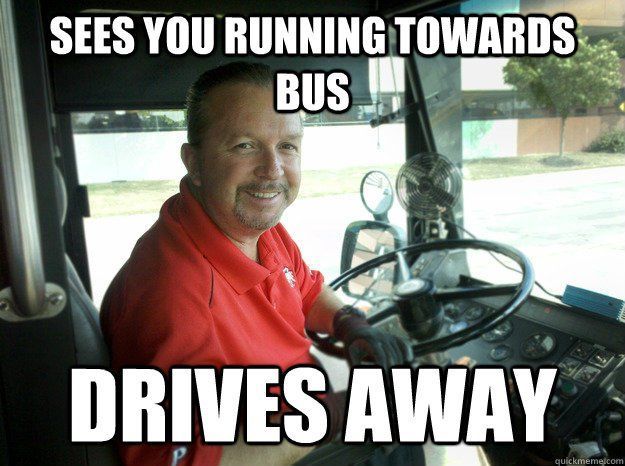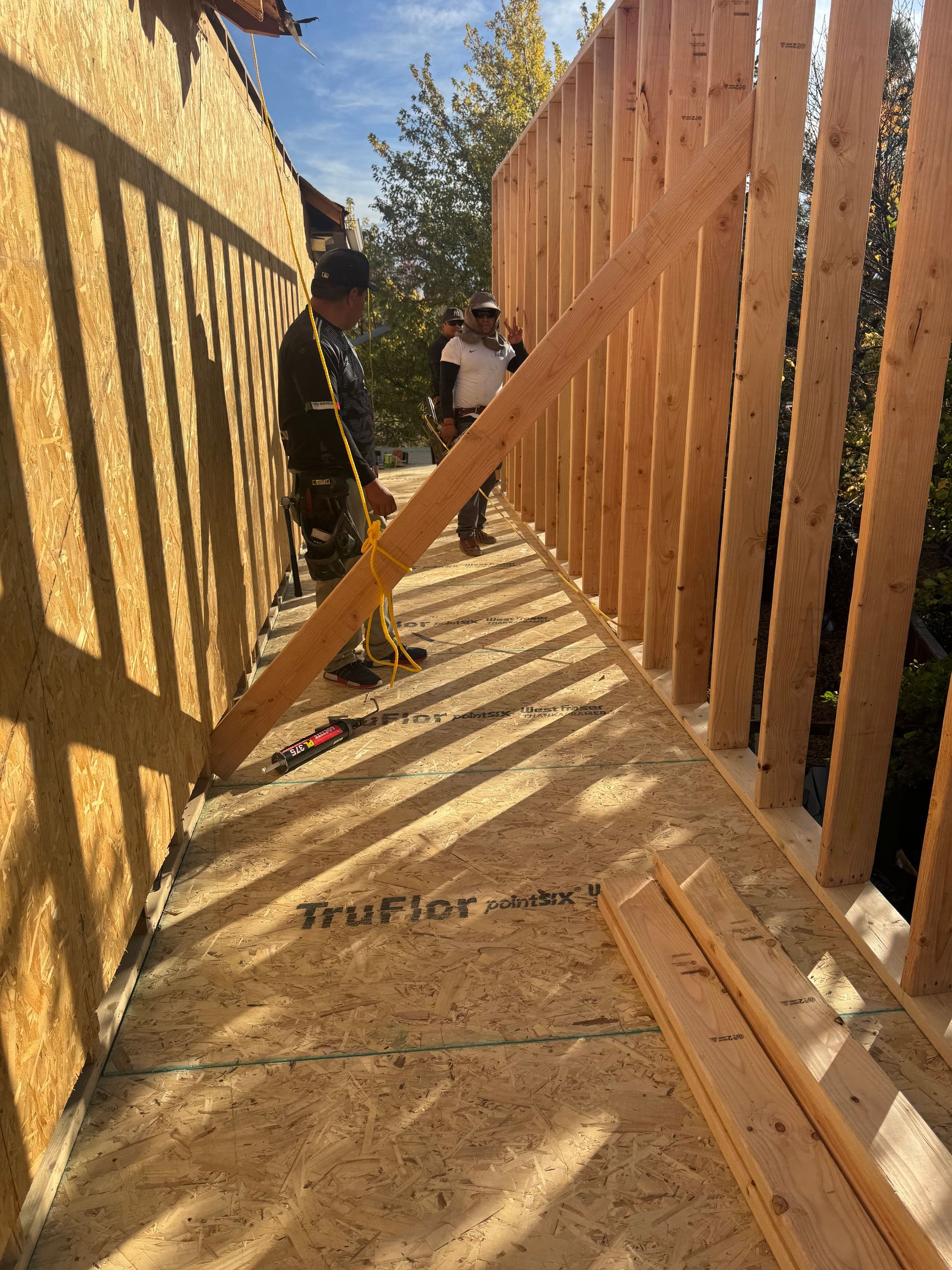Day Two — Burleson, Texas (2005)
April 14, 2005 – Burleson, Texas

The hail had fallen like bullets.
Two days earlier, Burleson had been hammered by a storm so fierce that people swore they’d never seen anything like it. Every roof in town bore the scars. Car windshields spider‑webbed, siding stripped, gutters torn down. Insurance adjusters swarmed the town like ants, scribbling notes and snapping photographs.
Mark Keller wasn’t an adjuster. He was a young FBI agent, just thirty‑three, still ambitious enough to believe he could make a difference. But this morning, he wasn’t walking into a claim inspection. He was walking into a crime scene.
Sheriff Clyde Harmon met him on the lawn of the Lawson place, a two‑story brick home in a middle‑class neighborhood. The front yard was littered with shattered roof shingles and broken tree limbs.
“Storm got her good,” Harmon said grimly, hitching his belt.
Keller glanced up. The roof looked like a giant fist had punched holes clean through it. Tarps flapped in the wind. Neighbors stood at the edge of the property, whispering behind their hands.
“Where is she?” Keller asked.
“Inside. Living room.”
The air in the Lawson house was damp, thick with the smell of wet wood and ozone. Water dripped steadily from the ceiling into a metal mixing bowl someone had placed on the floor. The storm’s fury was everywhere — broken glass, soaked carpet, furniture shoved by the torrent.
But the woman on the floor had not been moved by wind or water.
Mrs. Lawson lay on her back, arms folded across her chest, legs aligned neatly together. Her head tilted slightly, her face peaceful.
The ceiling above her had collpsed, but the debris had landed around her, not on her.
On the coffee table sat a storm‑damp insurance claim form. The number across the top was written in bold ink: C‑47‑1123. A jagged chunk of hail, half‑melted, pinned the paper in place.
Keller crouched beside the body. She looked mid‑thirties, maybe early forties. Healthy. Not frail, not heavy. Just…alive, or she should have been.
He touched her wrist out of habit, though he already knew. Cold.
“She live alone?” Keller asked quietly.
Harmon nodded. “Divorced, according to the neighbor. No kids in the house. Lived here about eight years.”
Keller’s eyes flicked to the claim form. “Adjuster been here?”
“Storm only hit day before yesterday,” Harmon said. “Too soon. Besides, we checked with State Farm. They don’t have anyone in this neighborhood yet.”
Keller frowned. He looked back at the woman. Carefully arranged. Calm amid chaos. And a claim form no adjuster admitted to leaving.
Something gnawed at him.
Outside, Keller found the neighbor, Mrs. Rawlings, clutching a raincoat around her shoulders despite the sunshine.
“She was a nice woman,” the neighbor said. “Took care of herself. Always waved when I walked my dog. Never caused any trouble.”
“You ever see anyone visiting?” Keller asked.
Mrs. Rawlings pursed her lips. “Not really. Well — I did see a man yesterday. Tall, maybe six foot, broad shoulders. Wore a polo shirt and khakis, had a clipboard. I figured he was one of those insurance men. Knocked on her door around lunchtime.”
“You see him leave?”
She hesitated. “Yeah. About an hour later. Walked down the street real calm, got into a white SUV. No logo on it.”
Keller’s pulse ticked faster. “You see his face?”
Mrs. Rawlings shook her head. “Sorry. I only saw him from behind.”
Back inside, Keller stood over the body again. Sheriff Harmon sighed, rubbing his jaw.
“Look, Keller, I know what you’re thinking, but storms bring out looters. People panic, get hurt. You know how it is.”
Keller kept staring at Mrs. Lawson’s folded hands. “Looters don’t tuck their victims in like they’re putting them to bed.”
Harmon shifted uncomfortably. “You think it’s a murder?”
“I think it’s deliberate,” Keller said. “The question is why.”
He pulled a pen from his pocket and leaned over the claim form, careful not to smudge it further. C‑47‑1123. The numbers meant nothing now, but he felt sure they would later.
He slipped the form into an evidence bag.
That night, back in his small Burleson office, Keller spread the photos across his desk. He made notes in his leather notebook, writing with the deliberate hand of a man who meant to remember:
- Female, approx. 40, divorced, lives alone.
- Body staged, arms folded.
- Claim form: C‑47‑1123.
- Neighbor reported man w/ clipboard. White SUV.
- No official adjusters in neighborhood yet.
He drew a question mark next to the last line and circled the claim number twice.
He knew what his supervisor would say. Coincidence. Storm hysteria. No need to escalate.
But something in his gut wouldn’t let go.
He clipped the notes and photos into a new manila folder. On the tab, he wrote in block letters:
BURLESON INCIDENT 1.
As he slid the folder into his desk drawer, he whispered to himself:
“Not random.”
Twenty years later, in 2025, Keller would take that same folder out again — and finally have proof that he’d been right all along.
Tomorrow: Dallas, 2025 — The Briefing











